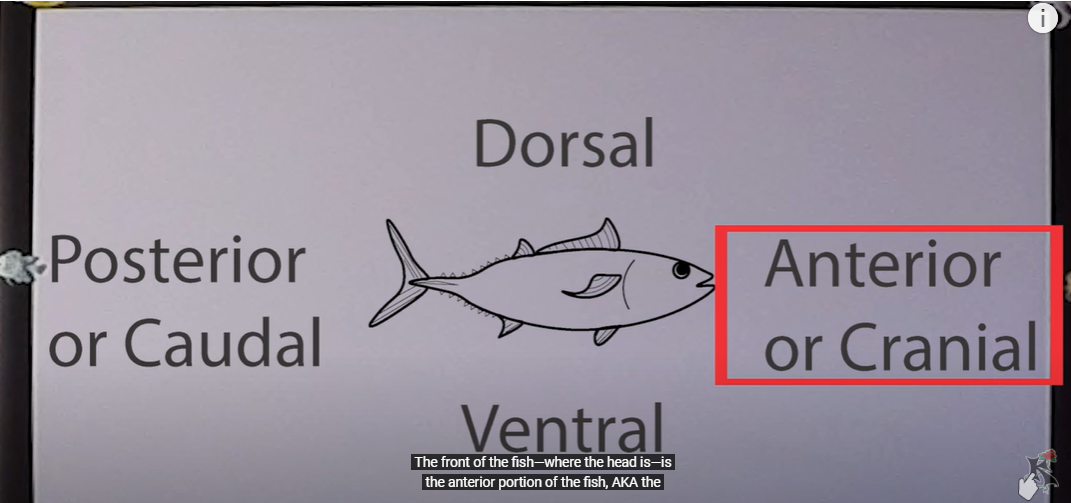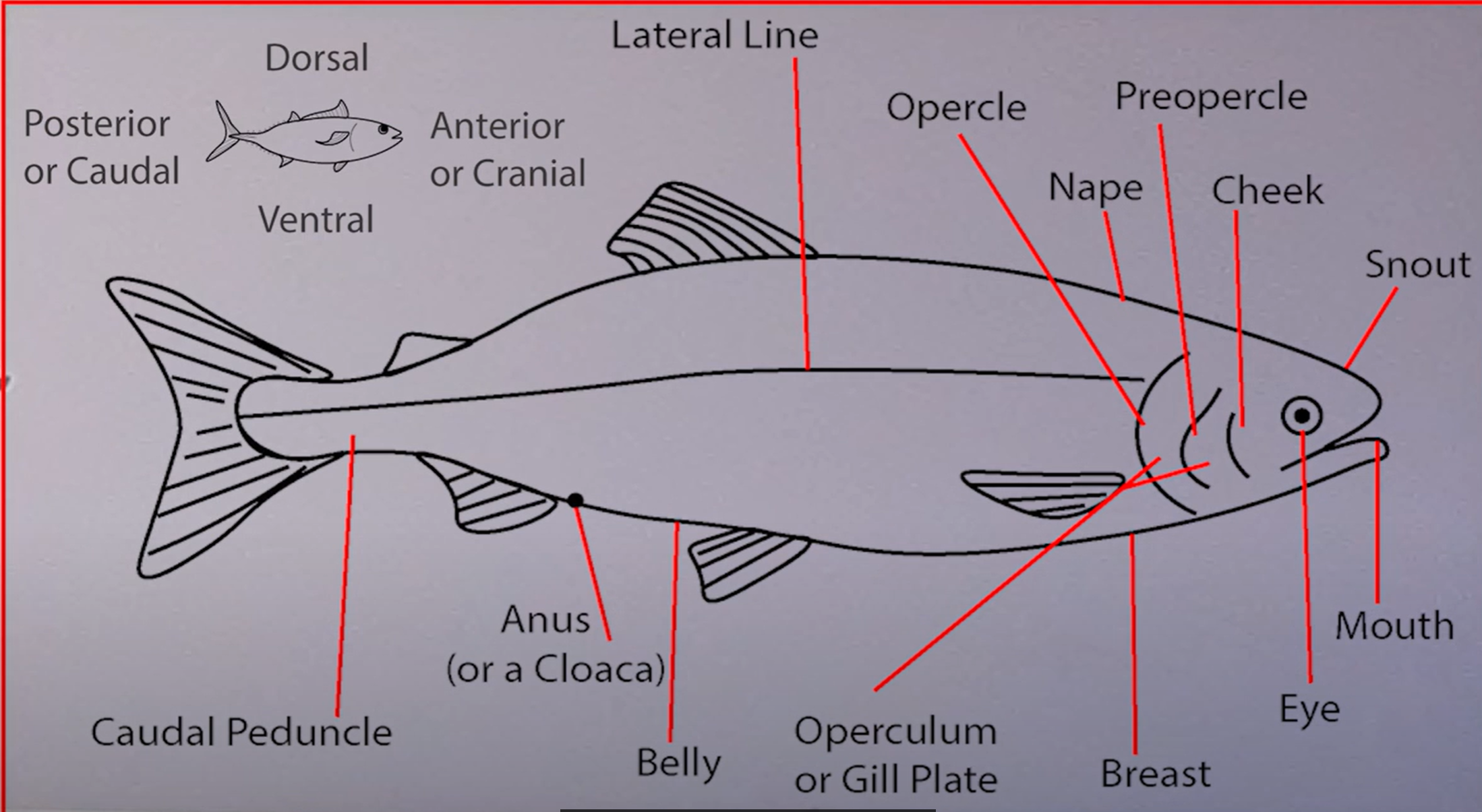marine science final test
1/17
There's no tags or description
Looks like no tags are added yet.
Name | Mastery | Learn | Test | Matching | Spaced |
|---|
No study sessions yet.
18 Terms
amphibians
animals evolved from fish that were well adapted to life both on land and water. marine reptiles then came from amphibians
4 groups of reptiles alive today
sea turtles, sea snakes, marine lizards, saltwater crocodiles
reptiles have a dry scaly skin to keep water inside, and they are ectotherms so they live in warm environments
aquatic reptiles adaptations
lungs, meaning they have to come up for air
amniotic egg, a large yolk to nourish the developing embryo and a case to keep it from drying out
3-chambered heart in every reptile except alligators/crocodiles
marine reptiles need salt glands, so they don’t need freshwater, and excrete concentrated urine by reabsorbing most of the water
marine birds adaptations
down feathers which are small and keep warm, contour feathers that cover the wings/body and are used for flight
some birds also have powder feathers to repel water
special gland near tail with a waterproof oil birds put all over them
some have webbed feet to paddle and swim
hollow bones (flight) or dense bones (for those who dive)
salt glands
chondrichthyes
sharks, skates, and rays, plus holocephalis
we are more related to bony fish than
bony fish (osteichthyans) are to sharks
do sharks have scales?
scales are fed by blood vessels and covered in dentin, “skin teeth”
how do sharks have red blood cells
sharks produce red blood cells in their spleen and epigonal organ, despite not having bones
how did sharks survive all this time?
cartilage is lighter and more flexible so you can bend more and weight less (power + maneuverability)
muscles primarily connect to a stretchy network made of collagen, as shark bends itself the collagen stretches and energy is stored, helping fuel the next bend
bony fishes position

median fins
some have finlets and keels (pelagic fishes)

more evolved fish have…
pelvic fins that are closer to their head
everything else

marine mammal characteristics
warm-blooded, breath air, hair, bear live young, milk, 3 ear bones, 4 chambered hearts, intelligent
how do they survive
thermoregulation, blubber, fur to keep them dry, vasodilation (controlled body temptations)
carnivora class
seals, sea lions, walruses, polar bears, sea otters
pinnepeds (huge flippers)
sirenia
manatees/dugongs
closely related to elephants, herbivores
cetacea
whales, dolphins, porpoises
stream-lined bodies/skin structure to be fast
absorb lots of oxygen so they can dive far down and do not get affected by CO2 build up
collapsible lungs
some have echolocation, some have baleen (kinda like teeth)